5 Awesome French Performance Cars That Deserve Your Respect

The French auto industry may not be associated with producing top performance cars, seemingly being more suited to producing simple, cheap cars for the masses. Such legends as the Citroen 2CV, Peugeot 106 and Renault Clio have dominated the small car scene in Europe at various points in time and to this day some of the best small cars come from the same country that is home to the greatest endurance race on the motorsport calendar, and the country that produced racing legends like Alain Prost.
Despite the country’s talent for building these small city cars, things are quickly shaken up when engineers decide to take on the likes of the Germans and British in the sports and performance car sectors. The most recent example has been the Alpine A110, that is looking to take on the likes of the Porsche Cayman as a lightweight, agile but versatile sports car.
To celebrate Alpine’s comeback as a Renault sub-brand, we’ve assorted a list of some of the greatest performance-orientated machinery to come from French shores:
Renault Clio V6
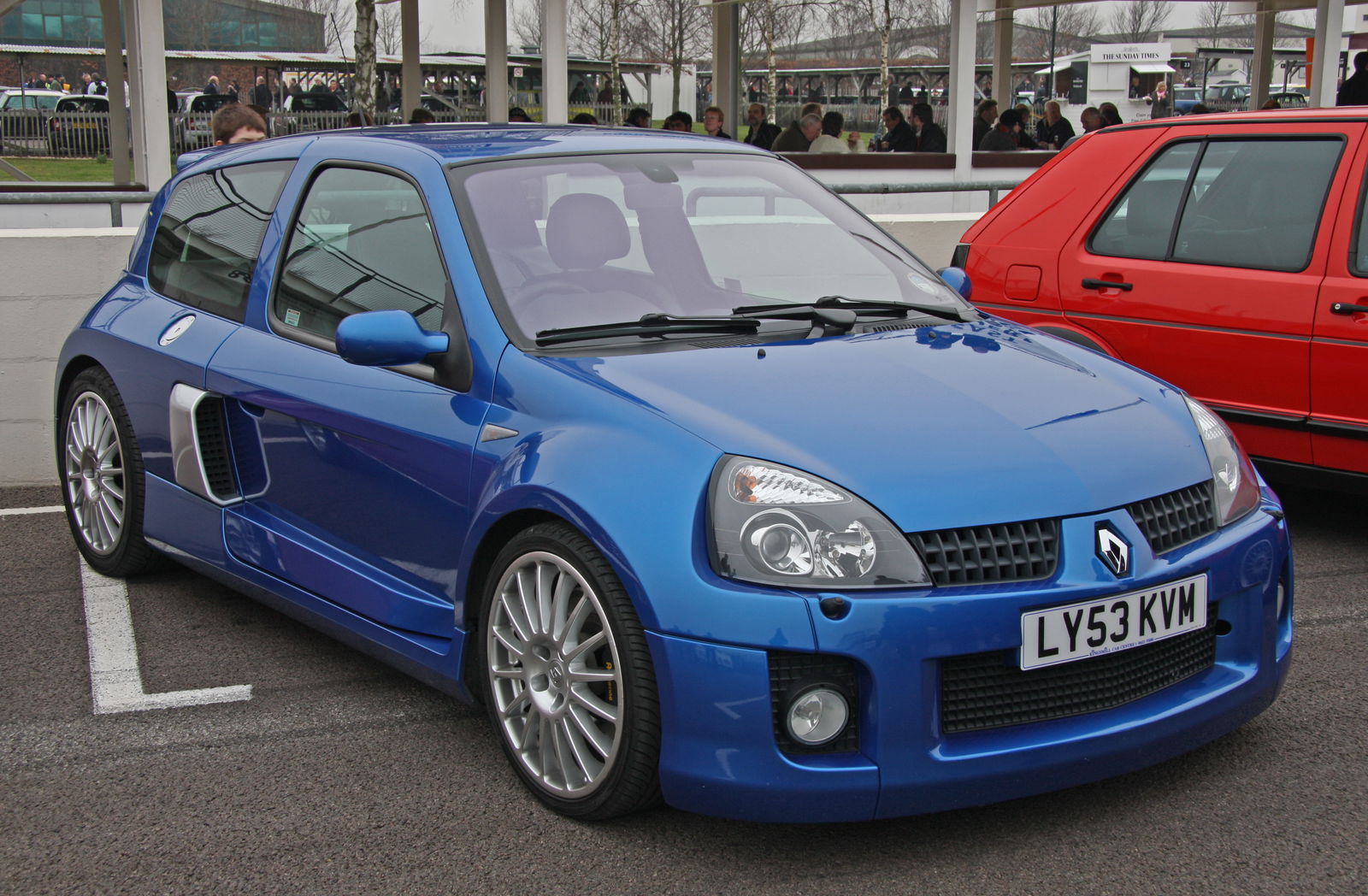
Since the late 80s, France has been renowned for its ability to produce some of the best hot hatches on the market. Normally undercutting the likes of the VW Golf GTI on price, once docile hatchbacks have been injected with some serious flare to provide performance motoring at a very affordable price point. Back in 2001, this trend reached its peak as Renaultsport took the second-generation Clio and slapped a 3.0-litre 60-degree V6 where the back seats used to be, making the Clio V6 a mid-engined two-seater Frankenstein hot hatch.
The V6 was initially good for 227bhp and 0-60mph in 6.2 seconds in its first phase of production. Upgrades saw power increase to 252bhp making the Clio the most powerful hot hatch in the world at the time. A six-speed manual transmission and rear-wheel drive meant the V6 barely resembled any other Clio variant and was 300kg heavier due to the new engine and drivetrain, making the more ordinary 172 Cup a much more agile package. Despite this, the Clio V6 became an instant classic and you’ll struggle to find a good one nowadays for under £25,000.
Peugeot 907
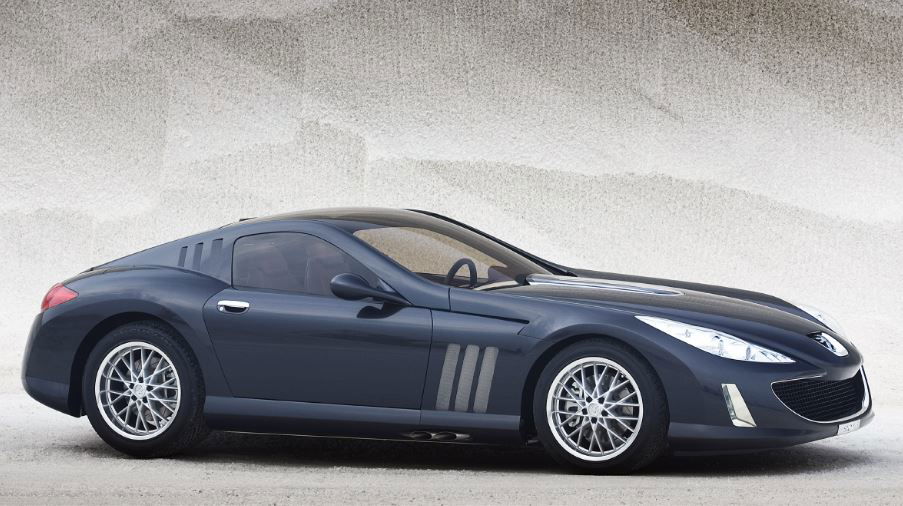
Peugeot has a long history of producing crazy concept cars, but the greatest aspect of the 907 is that it was actually a working vehicle which was made roadworthy. Seeing a Peugeot on the road with a 500bhp V12 will probably never happen again, so this McLaren Mercedes SLR-like concept should be treasured as what could have been a serious supercar contender for the French firm.
Launched at the 2004 Paris Motor Show, the 907 featured two Peugeot V6s joined together to form a 6.0-litre V12 which made use of 12 seperate throttle bodies. This made for claimed performance stats of 0-60mph in around four seconds and a 180mph top speed, coupled with a rear wing and diffuser to keep the rear in place. It may still be looked upon as another frustratingly-cool concept from the PSA group that was never put into production, but at least the 907 managed to turn a wheel on public roads and the odd test track.
Bugatti EB110 SS
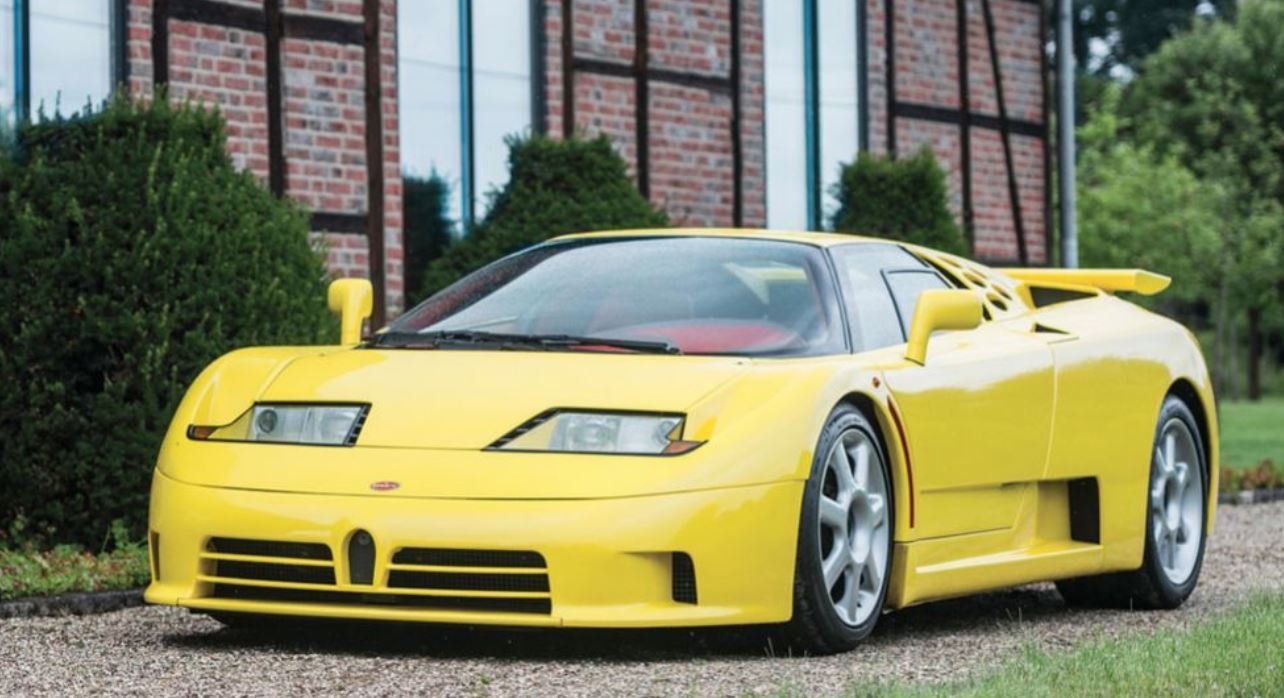
You would be forgiven for associating Bugatti as a German brand seeing as it is now owned by Volkswagen. The Bugatti headquarters however is situated in Molsheim in France, a place where some of the fastest road-going machines known to man have been built.
The EB110 was born during a financially-troublesome time for the company but joined a fraternity of achingly cool 90s supercars like the Jaguar XJ220 and McLaren F1.
Its name is derived from the fact the car was produced exactly 110 years after the birth of the company’s founder - Ettore Bugatti - and the car was unveiled in 1991 sporting a 3.5-litre quad-turbocharged V12. A year later, a lighter and more powerful ‘SS’ model was produced and was good for 603bhp, a full 50bhp higher than the original EB110 GT.
That meant a claimed 0-60mph time of 3.2 seconds and a top speed of 216mph. It has stood the test of time brilliantly in terms of looks and is - I’d argue - infinitely more attractive than its Veyron-shaped successor, despite not being quite in the same realm of outright performance.
Renault 5 Turbo
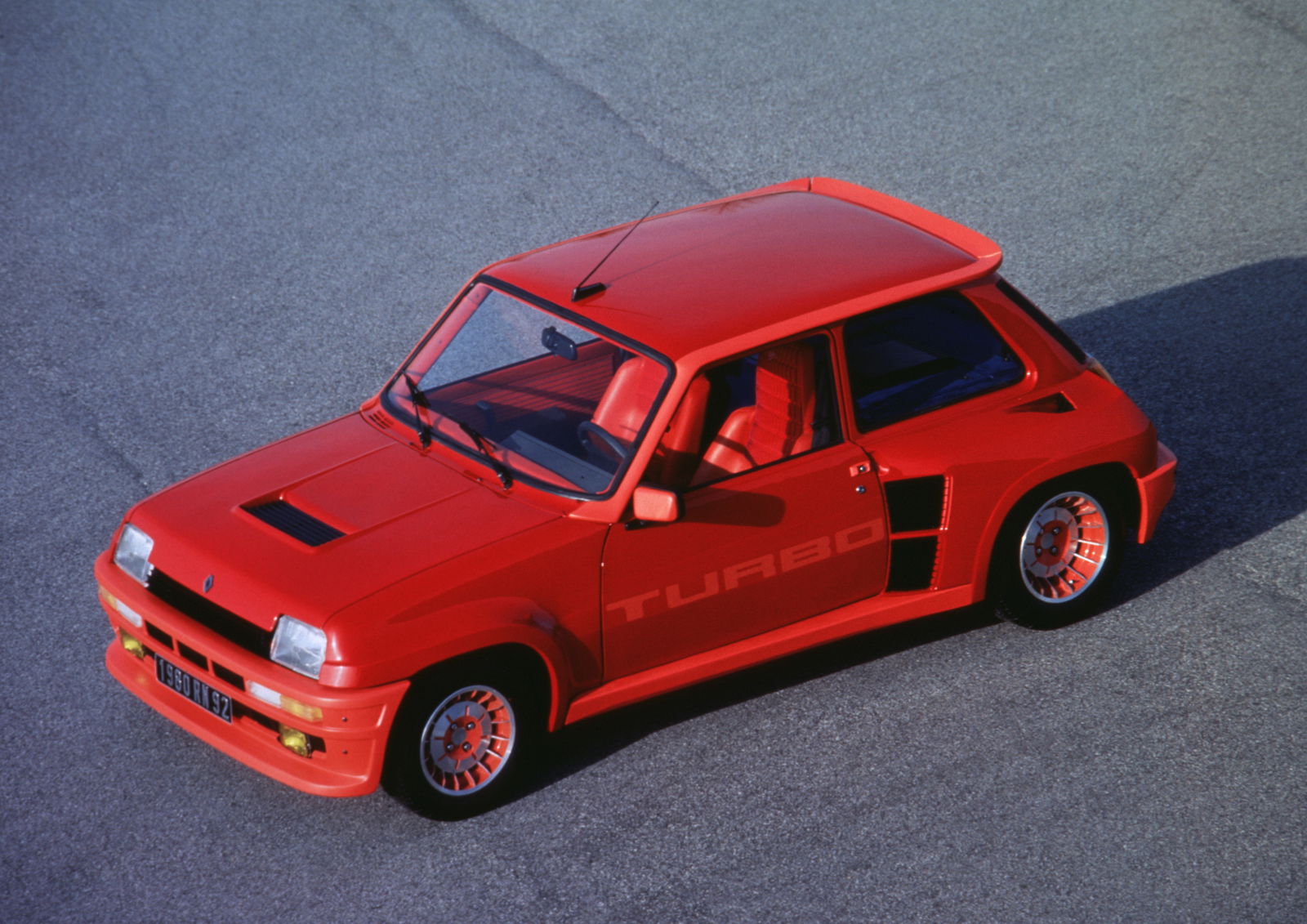
Massively rare and pricey in today’s homologation-obsessed market, the Renault 5 Turbo is one of a few French creations derived from success on the rally stages of Europe. 3576 cars were produced in total starting in 1980 as a retaliation to Lancia’s monstrous mid-engined Stratos. Much like the Clio V6, an inline-four engine was shoe-horned behind the front seats, turbocharged to produce 158bhp and 163lb ft of torque.
Those numbers are nothing special nowadays but at the time the Renault 5 Turbo was the fastest French production car. Sporting pronounced side intakes to cool the engine and feed the turbocharger, this classic hot hatch was tuned up to as much as 340bhp in full rally spec and went on to win the 1981 Monte Carlo Rally before being sidelined by the next generation of four-wheel drive Group B monsters. Speaking of which…
Speaking of which...the Peugeot 205 T16
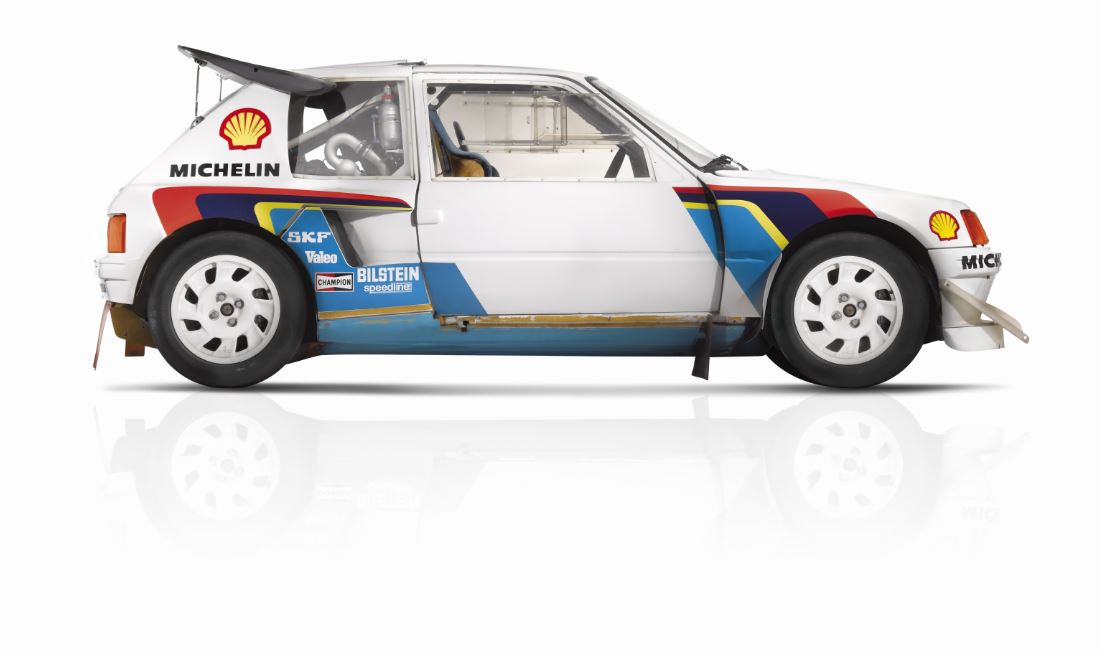
Another little beasty forced to become road-legal due to homologation rules, the T16 was derived from the extremely successful 205 Group B rally car of the mid-1980s. Standing for ‘Turbo 16’ (16-valve), a minimum of 200 road-going cars had to be built for the car to compete, so Peugeot set about its parts bin to see what they could splice together to form a genuine road car that could also tear up the rally stages of the Group B circuit.
Taking the basic engine block from a diesel 205, a special 16-valve head was machined to produce an engine which was then strapped to the transmission from the Citroen SM. Peugeot then followed Renault’s strategy with the 5 Turbo by placing the engine in a rear mid-engined position, utilising four-wheel drive.
The road cars made in the region of 194bhp, half of the output from the genuine competition cars. While the homologated road cars were sold off to a very lucky few worldwide, the 205 T16 became the most successful car in the latter stages of the Group B era, beating the likes of Lancia, Audi and Ford up until the race series ended tragically in 1986.
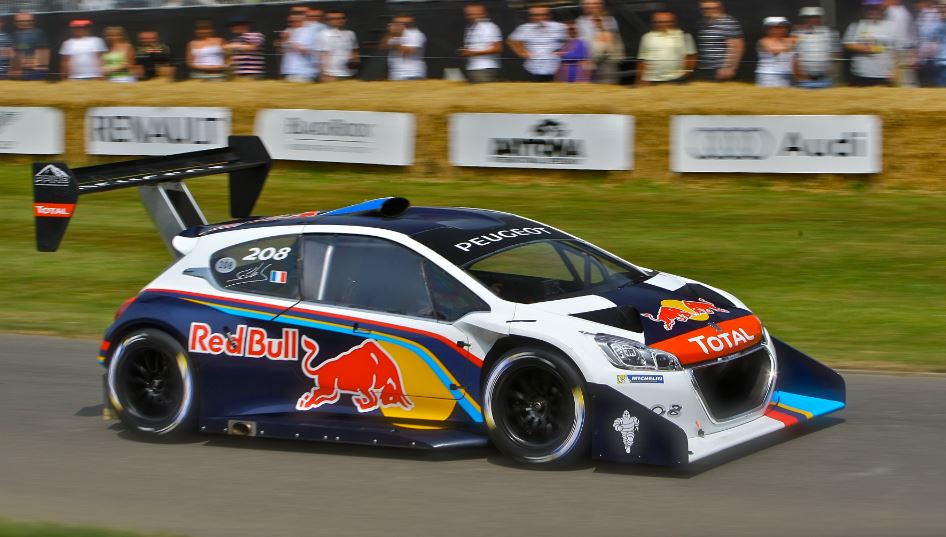
There are many other French performance greats from over the years like the Rallye variants from Peugeot, the RS Renaults such as the recent R.S.16 and even the Citroen GT concept that added to the list of potential supercar concepts to come from France and emerge spectacularly at motor shows.
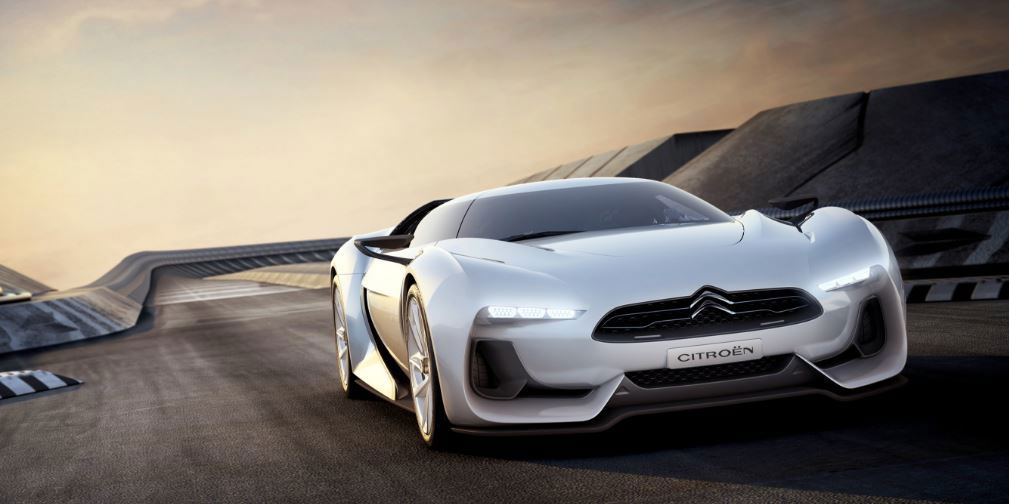
The resurrection of Alpine will add a whole new dimension to the European performance car scene and we can’t wait to get one for a test on British roads. The 247bhp output and 1080kg curb weight should see the A110 provide a tantalising alternative to the sports cars already embedded in the automotive psyche and finally give the likes of Porsche and Audi something to worry about.
Although the French motor industry is arguably best at high volume city-based vehicles, these cars show that when their engineers are given a chance, they can produce some seriously competitive machinery. And let’s not forget, they technically make the fastest road car in the world…
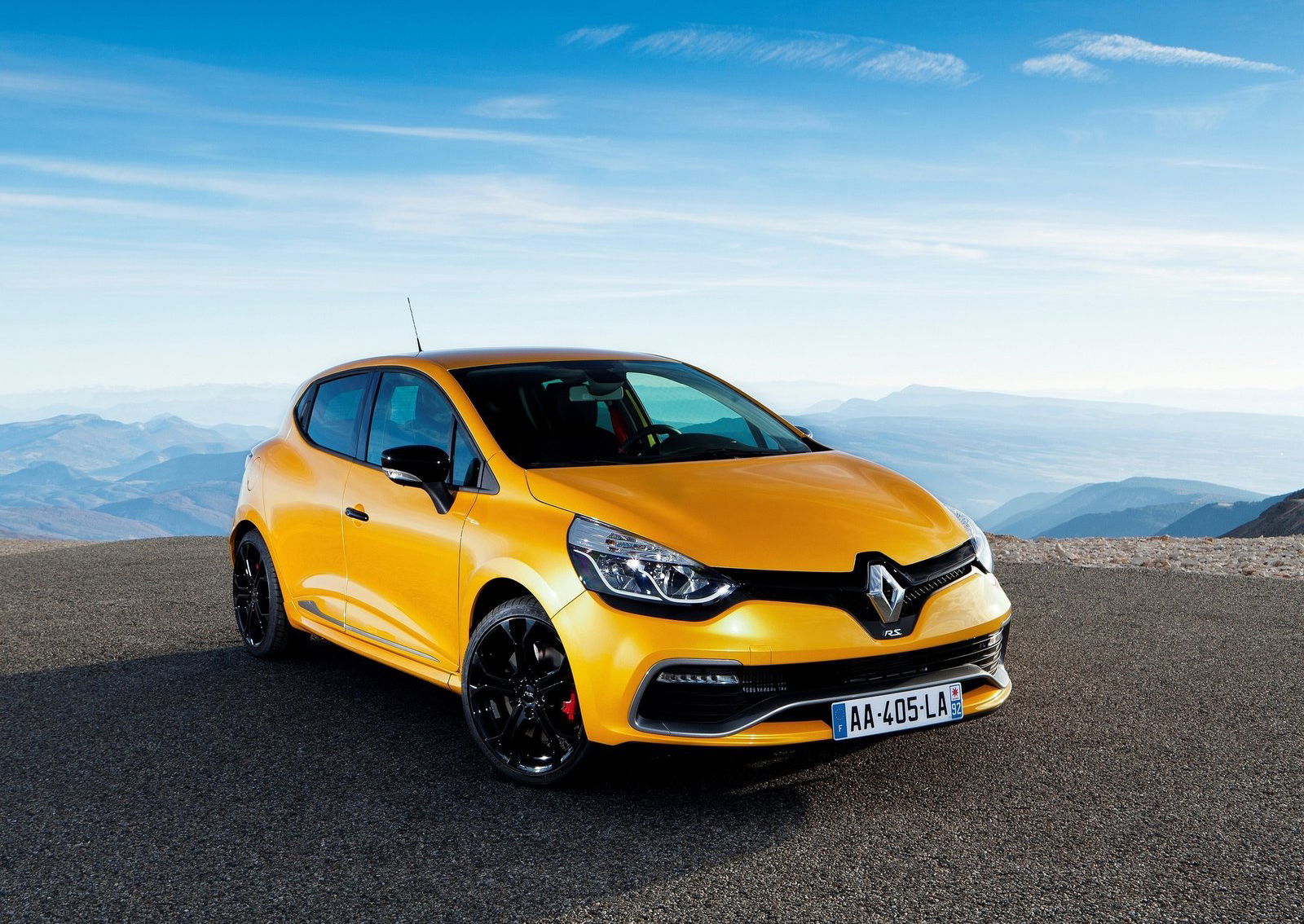
Comments
BUGATTI!
EB110 was built by an Italian owned Bugatti and was built in Modena by Italian engineers, so if anything was Italian
I love the 907 :)
Onyx was a really cool concept from Peugeot.
Before the 907, there was the Oxia: a 220 mph supercar from Peugeot that never saw the light of day.
-(France intensifies)-
I’m pretty sure the Bugatti EB110 was made in Italy.
And this!
peugeot 405 mi16 ?
Pagination